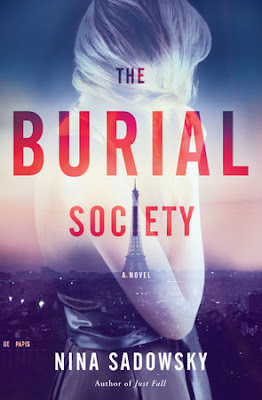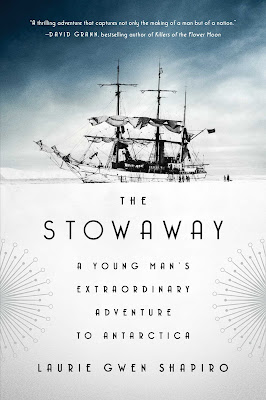 Jennifer Frost is an Associate Professor in history at the University of Auckland, New Zealand. Her books include Hedda Hopper’s Hollywood: Celebrity Gossip and American Conservatism.
Jennifer Frost is an Associate Professor in history at the University of Auckland, New Zealand. Her books include Hedda Hopper’s Hollywood: Celebrity Gossip and American Conservatism.Here Frost dreamcasts an adaptation of her latest book, Producer of Controversy: Stanley Kramer, Hollywood Liberalism, and the Cold War:
Producer-director Stanley Kramer was one of Hollywood’s earliest and most successful independent post-World War II producers. From the 1940s to the 1970s, he made thirty-five films. Six received nominations for the Best Picture Academy Award. High Noon (1952) and The Caine Mutiny (1954) he produced, and The Defiant Ones (1958), Judgment at Nuremberg (1961), Ship of Fools (1966), and Guess Who’s Coming to Dinner (1967) he also directed. In 1962, he received the Academy’s prestigious Thalberg Award, bestowed on “creative producers” for “consistent high quality of production.”My Book, The Movie: Hedda Hopper’s Hollywood.
But what made Kramer most stand out was his forthright commitment to political liberalism. At the height of the Cold War, Kramer wore his liberal politics on his sleeve. Politics showed in the subjects of his films: American race relations, the threat of nuclear war, violations of free thought and expression, and the Holocaust. He also took public stances for civil rights and civil liberties and against the anticommunist Red Scare and the Hollywood blacklist. In the process, he and his movies provoked discussion and debate. So much so, by 1961, he came to be called “Hollywood’s producer of controversy.”
Framing my movie about Kramer’s high-stress, high-stakes career and politics would be the tales of two significant productions. High Noon (1952) was a western made in the midst of anticommunist investigations of Hollywood. These events drove the screenplay, written by Kramer’s early collaborator and business partner Carl Foreman, and led to their personal and professional fallout. Guess Who’s Coming to Dinner (1967), an interracial “dramedy” starring Sidney Poitier, reflected and affected the social, cultural, and political changes of the 1960s.
Kramer: For the lead role, I’d cast Gary Oldman. His appearance and build, energy and range make him the right actor to play Kramer. Oldman’s current award-winning performance as Winston Churchill in Darkest Hour underscores his ability to immerse himself when playing historical figures. As an “actor’s director,” Kramer would have appreciated the versatility of this “actor’s actor” on screen, even if their off-screen politics would have differed.
Foreman: A major plot line of the movie must be the relationship between Kramer and Foreman. But it’s a complicated one and needs to be conveyed with care: this is not a “good guy” v. “bad guy” story. Anticommunists created untenable, “no-win” situations for Hollywood liberals and leftists like Kramer and Foreman. Projecting principles in conflict alongside Oldman could be Liev Schreiber. His role in the 2004 remake of the Cold War thriller, The Manchurian Candidate, chillingly captured the political stakes of Kramer’s era as well as our own.
Poitier: Since Sidney Poitier is still going strong at age 90+, I’d ask his opinion of who to cast as himself! He certainly offers opinions of Kramer. “I have to acknowledge Stanley as probably the most important element in my career,” he said in 2016. I would suggest two names to Sir Sidney, as Chiwetel Ejiofor and David Oyelowo would perfectly portray Poitier’s politesse. They have experience with historical roles and, as in Amistad (Ejiofor) and Lincoln (Oyelowo), working with my preferred director.
Director: Steven Spielberg is unsurpassed in historical filmmaking. Just off The Post—a movie about the controversy over the Vietnam War-era Pentagon Papers and freedom of the press—Spielberg makes movies Kramer would have appreciated. The reverse is also true. “I could never have made Schindler’s List, if it weren’t for Judgment at Nuremberg,” Spielberg credited Kramer. “You paved the way for me.”
Learn more about Producer of Controversy at the publisher's website.
--Marshal Zeringue



















